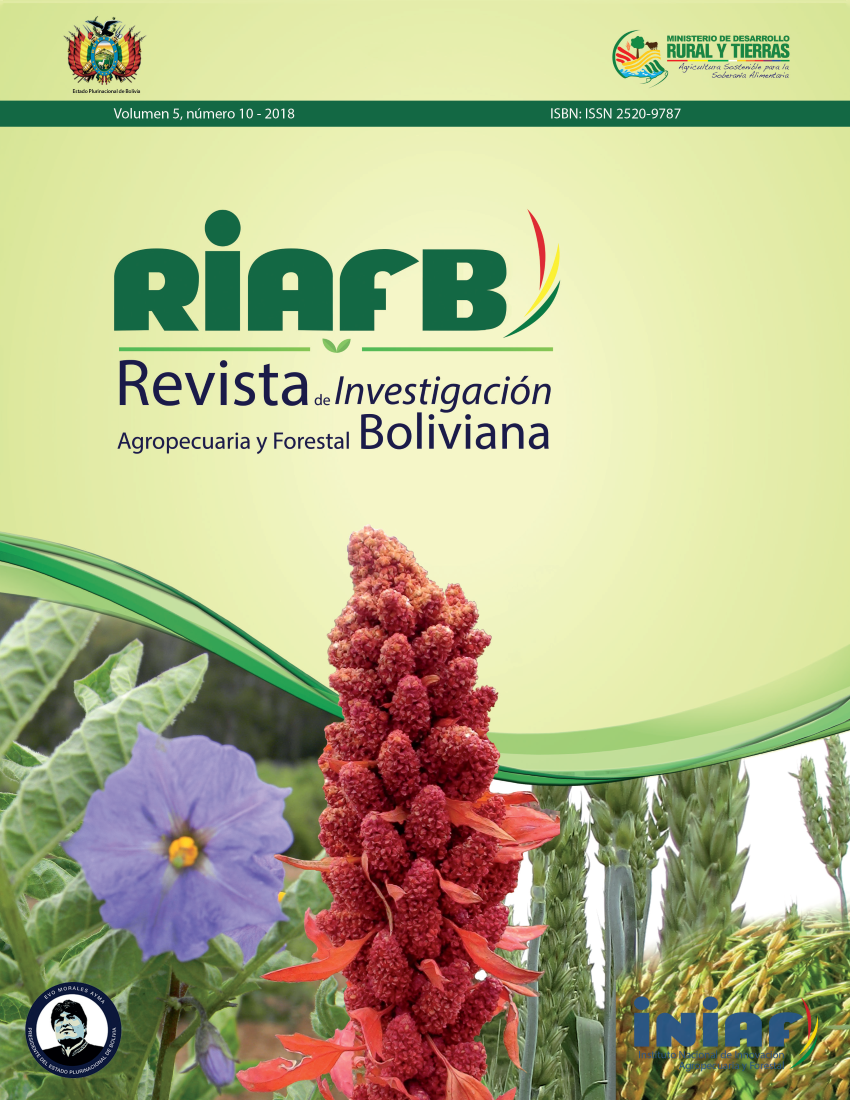Evaluation of mineral content in native quinoa germplasm according to four levels of protein
Keywords:
quinoa, nutritional value, protein and mineralsAbstract
In the National Quinoa Collection (CNQ), 34 randomly selected accessions were analyzed to explore the possible relationship between mineral concentrations (N, P, K, S, Ca, Mg, B, Fe, Mn, Zn) and protein (PB) content. These accessions were categorized into four groups based on increasing PB levels: Low (B = 12%), Regular (R = 14.2%), High (A = 15.5%), and Very High (MA = 18.3%). Statistical analysis revealed that calcium (Ca) content was low and unrelated to PB content, while phosphorus (P) and potassium (K) concentrations were directly proportional to PB content. Boron (B), manganese (Mn), and copper (Cu) concentrations tended to increase with higher PB levels. The average concentrations of B, Mn, and Cu were 12.2±3.0 ppm, 4.45±2.1 ppm, and 6.5±1.8 ppm, respectively, with significant differences found between MA and the other three PB levels. Conversely, zinc (Zn) averaged 39.2±8.1 ppm and did not vary significantly among PB levels. For iron (Fe) and Cu, an initial increase in mineral concentration in the Low and Regular PB levels was followed by a significant reduction in the High and Very High PB levels. Overall, considering a consumption of 200 g of dry quinoa, the mineral concentrations in the CNQ accessions were generally sufficient to ensure adequate metabolic functioning during different developmental stages. However, calcium stood out as an exception, as its low concentration resulted in an inadequate Ca:P ratio for optimal human nutrition.
Downloads
Published
Issue
Section
License

This work is licensed under a Creative Commons Attribution-NonCommercial-NoDerivatives 4.0 International License.




